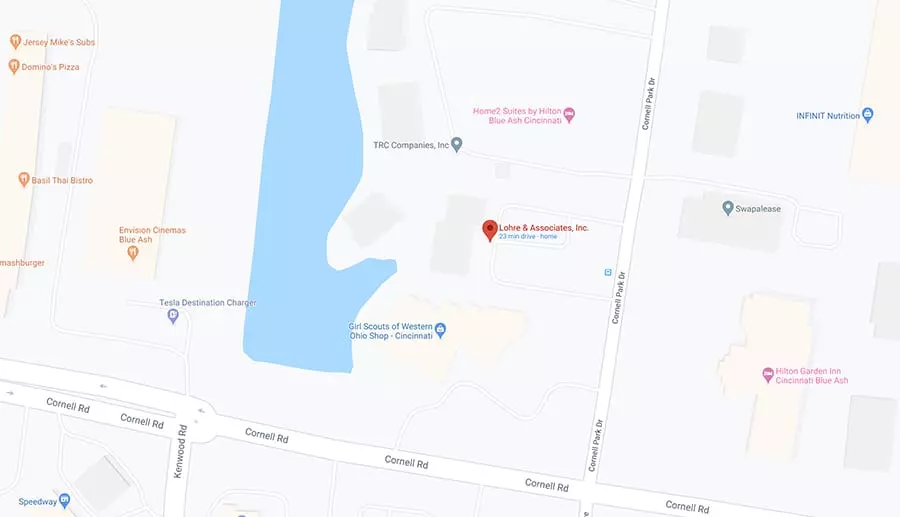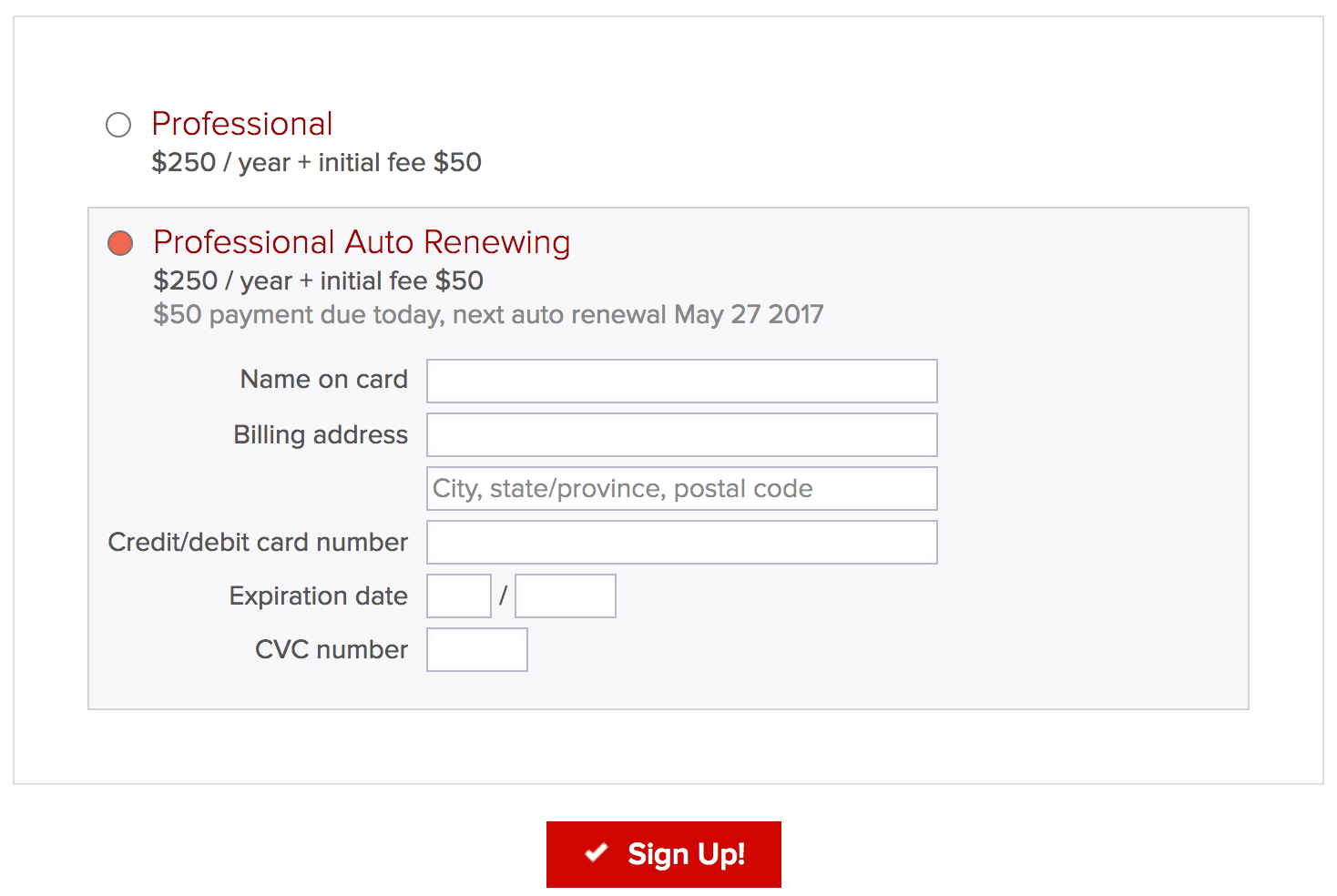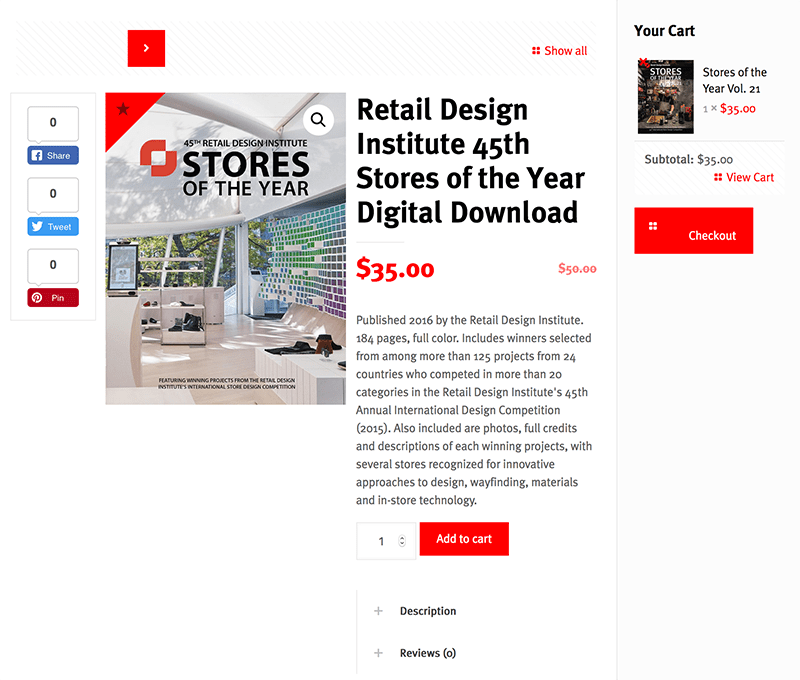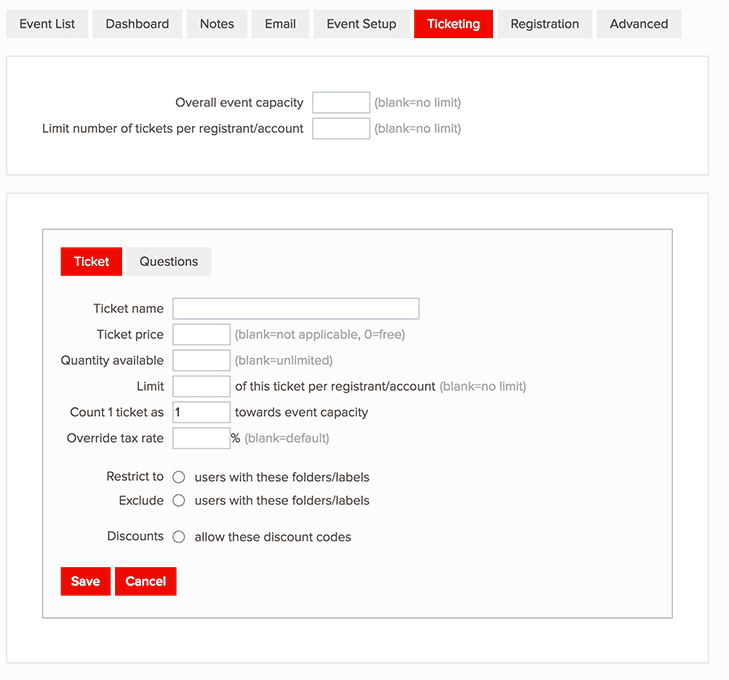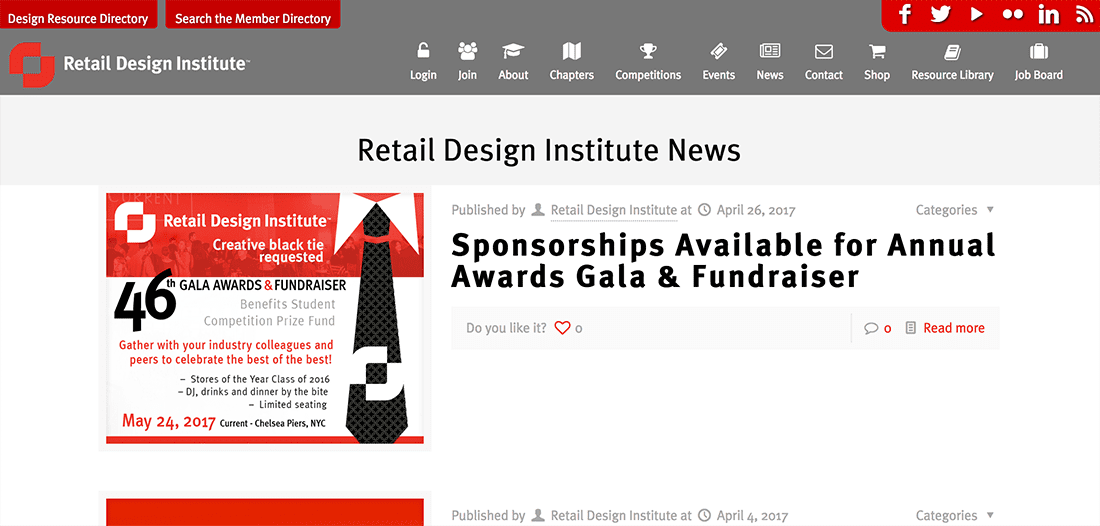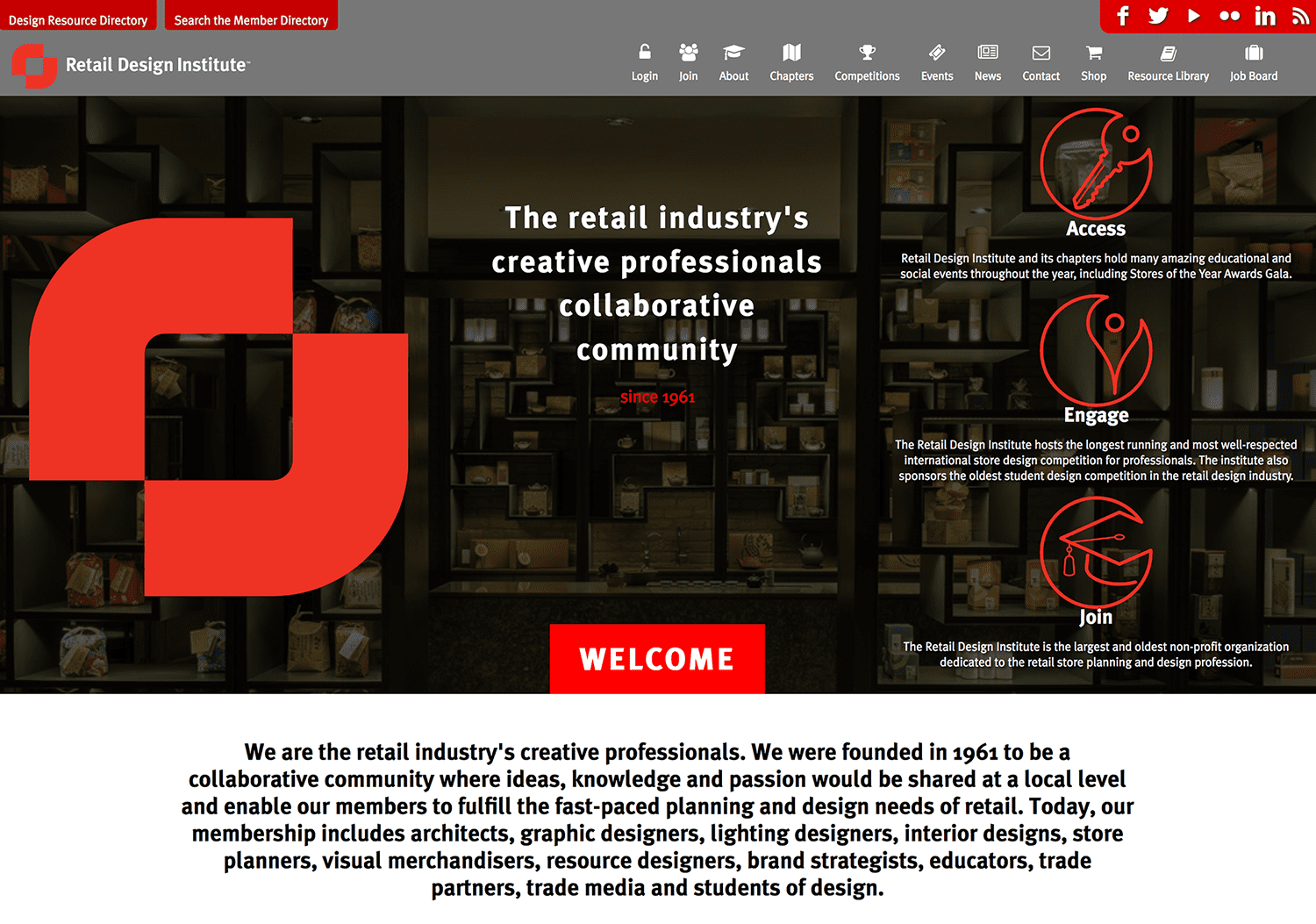In the vast digital landscape of today, a website isn't just a static entity. It's…
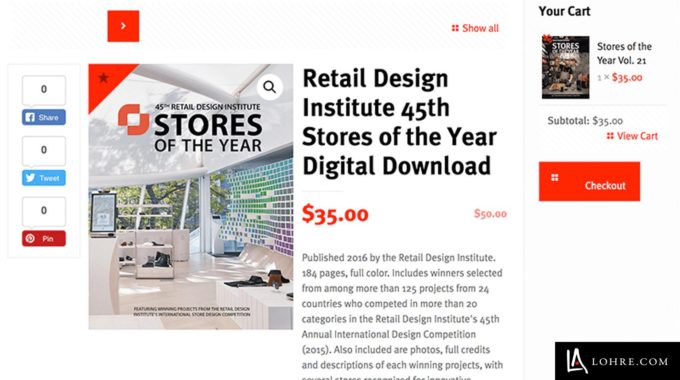
Building the Best Association Management Website for your Organization
When it comes to selecting the right association management software and building the best association management website, there are about as many software solutions out there as there are specific needs.
When we began our latest project, each of us had many association, organization, chamber, community, or other membership-driven sites behind us. Each, we’ve found, has its own unique set of features, hurdles, costs, and applications which need to be to matched to an association’s unique way of operating:
Differences in Association Management Software (AMS) Needs
Some organizations want members as site users in order to serve members-only content and create members-only areas or features. Others would rather not have their members plugged into the site and would prefer to leave all content open – except maybe a file library or hidden forum that is for members or board members only. Some organizations, aside from having an online store and an online events calendar, prefer to do things the old-fashioned way – with magazines by snail mail, member lists on spreadsheets, and chapter listings laid out as tables. Lastly, there are some organizations who want it all and more for their members, administrators, and organization as a whole… which pretty much sums up our recent success at one (for now) be-all/end-all mother-of-all-association-management-websites project.
Commonalities in Association Management Software Needs:
As varied as these organizations, and their needs are, there are a few things we’ve found they all have in common:
- The need to grow by building membership – Most associations would want their membership site to entice visitors to seek membership, convert visitors to members, and to to make the application (and payment) process as easy and quick as possible.

- The need to reduce costs – Administration for most organizations is built of board members, chapter leaders, secretaries, web developers, trained owlbears, and accountants who are working either as volunteers, paid employees, or contractors. Having the best website for the organization means less time spent on making rosters, tracking members and their payments, sending renewal notices, building spreadsheets, assembling and mailing newslettters, taking dictation for classified ads, keeping email lists, meeting in-person or by phone, updating calendars, requesting/making website changes and updates, gathering green leaves for smoke signals, and all those other things that quickly turn membership money into expense payments.

- The need to monetize their websites in some way – Whether selling merchandise, memberships, sponsorships, special access, classified ads, job postings, resume postings, event tickets, passionate yet remorseful kisses, or ad space – most organizations would like for their website to pay for itself, or better-yet, bring in additional funds. To some, just having the website, and providing enough content to entice and retain members is enough to justify having a website, and they are right. Going it without *any* website would be insane. Most associations, however, would prefer as many added ways for their site to earn money as possible.

- The need to post events – Above all other things, organizations tend to operate on events. Even if the bulk of an organization’s budget comes through membership, or even if the events are not very profitable, access to events is often a major reason people become and remain members. Being able to quickly add events to website, whether through HTML updates, blog posts, or an actual event calendar is what most organizations would prefer. It is even better if they can sell tickets online, and better still if they can easily make lists of attendees and send email to event registrants. Better still is being able to log dinner preferences and seating preferences, offer different rates to non-members or by membership level, and allow special discount codes.

- The need to post news online – Being able to get news out more quickly than a monthly or quarterly printed newsletter would, and more-reliably than email lists, is often important. Being able to put that news someplace only members can access can be also incredibly handy. Saving time, postage, printing costs (and trees) is an added perk.

- The need to consolidate – Some associations feel they get along just fine through a patchwork of HTML websites, social media pages, externally-hosted stores, printed lists, cuneiform tablets, online storage accounts, online meeting services, document-sharing accounts, external mail services, external ticket sales & events management services, and a tangled web of cloud services which (along with important files) may or may not be around tomorrow or next week. Some, mainly those who need only one or two of these things do actually get along fine. Being able to pull these services together into one place, owned and managed by the Association is a time saver, can save a lot of money if paid cloud services are being used, and reduce the need for worry over external services changing rates or completely disappearing overnight. Always remember: The Cloud is just someone else’s computer.
Searching for the Right Association Management Software
The above makes for a quick checklist of the many things to consider before you go in search of a good Membership Management Solution.
- Growth – The ability to encourage visitors to join through any number of incentives, with an initial sign-up process that is fast and easy.
- Cost Reduction – The ability to save money on administrative costs, labor, and services through smart automation of membership management, event registration, classified ads and other association features.
- Monetization – The ability to offer products, advertising and services, and to take online payments for these.
- Events – Having a good events calendar, with online registration for each event, online payments, automatic receipts, auto-generated guest lists, and online registrant management is great for any organization.
- News – Sites should provide the ability to educate and inform visitors through news postings and galleries. At the very least a site should allow some way to make announcements quickly as needed.
- Consolidation – If your association members or administrators need to use a number of services and sites on a regular basis, it might be time to upgrade.
For our build, we wanted all of the things… and more
The original Retail Design Institute website was a monstrous feature-heavy undertaking consisting of many combined programs from around the internet, bound together in a CodeIgniter base. Some people still like to use CodeIgniter, but I have found over the years that, like other things built so incredibly open-source, it is far from plug and play, and it is really easy to end up with a mess of steadily-building (and unknown) vulnerabilities and incompatibility issues. We took over maintaining that site a few years ago, and just keeping it running, let alone making use of it, was becoming expensive.
The website was steadily becoming more patch than software. PHP updates and server security changes could at any moment cause some or all site emails to stop sending (such as password reset emails, receipts, or other important notifications), or lead to some other cascading failure as a result of the site being old beyond its years. Sure, this led to a lot of work for us, but in that it led to a lot of expense, work, and frustration for our client. We prefer to stay in business by keeping our clients happy. Steady business relationships are priceless.
We needed to replace the site, and soon – but we also needed to replace the old site with the perfect site for our client. We needed to give the Institute the features they had, the all features they needed, the security, the flexibility, and the scalability at a price that would not break their bank. We also needed that site to be easy to upgrade and update without developer knowledge, so they could look forward to reducing their site upkeep expenses (or at least use that money for site improvements rather than site fixes).
Managed Solutions over Open-Source Solutions
We looked through many membership software solutions, many… We knew that we were looking toward a managed solution, because that saves the customer money on regular security and other software patches. Managed means an army of developers and troubleshooters working for us, and for our client, day and night.
We found open-source solutions and self-hosted solutions that we trusted as far as software reliability goes. Out of these, there was a Woocommerce-based one that was the most appealing to us… but keeping all of that member data safe becomes more of a concern in such cases. Though WordPress and most things wordpress are updated diligently, and easily monitored with plugins such as Wordfence (which we use on *every* WordPress build we do), it is so much better to have all of this information hosted someplace where it is regularly monitored in shifts. Waking up to find that your site was hacked, or that your site has been down all night, does nobody any good.
Out of all the managed solutions, we found that MembershipWorks Membership Software & Websites for Groups and Membership Software by Wild-Apricot were two of the more feature-heavy, more well-documented, and more flexible systems. An added bonus was that, like the Woocommerce solution, either could be easily integrated with WordPress CMS… which was very important to us.
When it Comes to Association Sites: Why WordPress?
We won’t offer our customers proprietary solutions that only we can fix, control, and/or update. We also like to avoid using software that is overly-complicated, not widely supported, or anything else that might become an inconvenience for us or our clients. Offering our clients full control over sites that can be worked on and administered by the client in-house, is a large part of our appeal.
For this, we like WordPress. It has been a great solution for decades. We know it, and thousands of its plugins and themes, intimately. We also save our clients a lot of money by being so specialized, so incredible at that one very-important thing (and only somewhat magnificent at all of the others).
WordPress offers the sort of scalability that few other platforms can. There are plugins for most everything you can ever think of – and if you find that there is not yet a plugin, they are pretty easy to write. We have a whole list of handy plugins that go into our builds immediately – plugins for duplicating posts and pages, plugins for adding custom CSS and functions that can be carried theme to theme, plugins for finding and replacing information site-wide, plugins for ecommerce, for security, for customizing roles and access, and more.
We have however done MembershipWorks websites built in Squarespace. If you aren’t looking for a lot of functionality beyond what MembershipWorks offers, this could be a good way to go. In the years since the Retail Design Institute project, MembershipWorks has added e-commerce, Job Boards, and the ability to create additional special directories for most any purpose.
Pricing of Association Management Software and Services Varies Greatly
Our findings:
One of the first things we looked at (while we were looking at features, functionality, and reviews) was pricing. That hunt was not very much fun, but it was a very essential part of making our final decision.
Finding so many services that required a potential customer to call, write, or submit contact information in return for pricing was …annoying. It is hard to compare services or prices when over half of the websites offer no information beyond marketting babble and buzzwords, and require giving up email addresses or phone numbers to continue. We wanted to do good research and get all of the information, so: Many fake or junk email address entries and a lot of searching elsewhere for information (reviews and articles on external sites) did eventually give us the results we needed.
Reign of the Dinosaurs:
From our search, we found that many services were *really* pricey. Some of the priciest ones, were likely only still in use only because they have been around for a long time. Their interfaces were clunky with little room for customization, their directories were hosted on back pages within the service provider’s domain, and they offered little functionality other than hosting a for-pay member directory that the client association could not easily take with them elsewhere. These directories, used mostly for Chambers of Commerce and Business Associations, do not seem to have evolved much since the 90s. The same can be said for the software behind them.
Then there were the newer, less-expensive, more well-developed and feature-rich services. Development in this area just makes sense, so it comes as no surprise that better and cheaper can exist in the same solution. Association sites are good money for developers and associations alike, and offer valuable services to the members.
A number of the more reasonably-priced (and newer solutions) looked good at first. The solutions we found were, for an organization with between 800 and 2500 members/records, ranging from $50 to $350 a month… seemingly. Some charged very high monthly percentages on top of transaction fees. Others had a seeming innocuous (+ $0.45 per member above 500), or charges for added functionality or services that were very key associate management features (such as emailing members, or support).
Our decision:
We were very fortunate to find that two of the services we were still considering were priced in the $130 per month range for 2500 members or less, and were also very straight-forward in their pricing, with no hidden fees, no misleading pricing scales, and no processing fees. Both offered plugins that would allow them to be integrated with a WordPress website, which would allow us to offer far more functionality, flexibility, and features than any fully-hosted solution could offer.
We were now down to Wild Apricot, and MembershipWorks – which would have been a much tougher choice if the Institute wasn’t determined to have administrators for each of its chapters, and subsites for each chapter for most every aspect of the site.
Membershipworks not only offers the ability to set up multiple administrators, but the ability to shape the visitors experience by what chapter they are in or what membership level they have. Wild Apricot required multiple accounts for chapters. Multiply 15 times $130 per month no matter the volume discount, and that was a no-go for us. Add that we wanted our data for different chapters to be seperate, but together under one account, and MembershipWorks was a clear winner.
The end result was a membership website with:
- 15 unique membership types/levels, each with the ability to receive payments manually, by credit card, or as recurring payments.
- Easy signup and on-site payment for members and applicants.
- Member’s only content areas (such as resource libraries, ebooks, and file sharing)
- Members-only additional features (such as the ability to message or contact members through the directory, discounted rates for classified ads, resume postings, merchandise, and event tickets)
- 15 chapter sections each containing their own news, photo galleries, contact pages, file libraries, and events calendars
- The ability for chapter administrators to easily manage and update their sub site pages and information.
- The ability for chapter administrators to post articles, galleries, and events for their chapter’s sub site.
- The ability for chapters to post their own events (and receive money to their own Paypal pro, Stripe, or Authorize.net account)
- Classified ads such as job postings and resume postings (free for members, paid posting for non-members)
- An online store for selling physical merchandise and digital downloads (with special pricing for members)
- A membership database that can be easily searched, updated, imported, and exported by chapter administrators.
You can take a look at the website by clicking the image below (though you will not be able to see many of the members-only features and content without joining). If you are interested in having a closer look from the members’ point of view, please contact us. We’d be happy to show you around.
Thank you for reading, and stay tuned.
